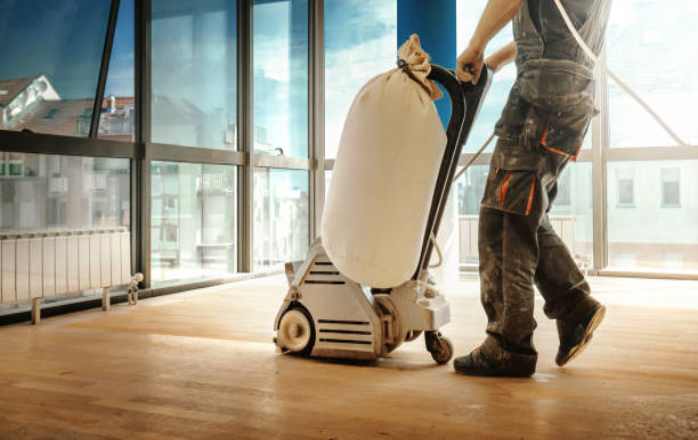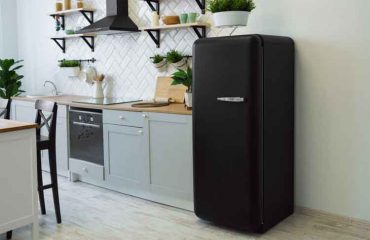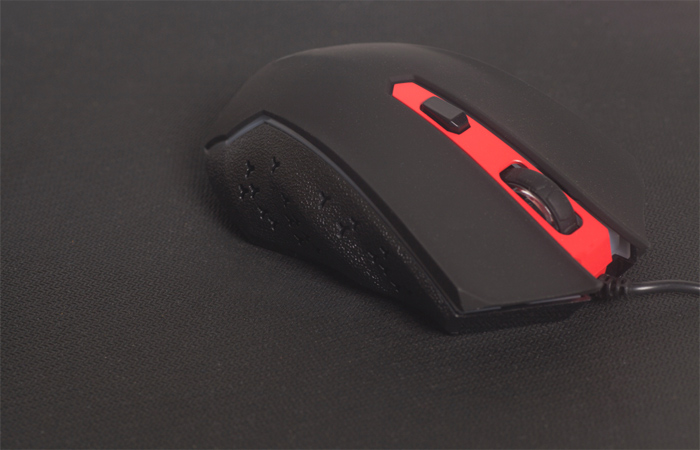Dust containment tools for healthcare facilities are a must for complying with regulations and maintaining safe environments. Proper containment can also lower operating costs by lowering risks of HAIs.
When laying out runs of tubing, avoid sharp turns that slow airflow and reduce suction. Many users opt for 4″ PVC due to its low cost and ease of assembly using Y-fittings, elbows, and adapters from Rockler.
Cost

Choosing the right dust containment system can help create a safer, more efficient work environment. It can also reduce the need for costly repairs or replacements down the road. However, there are many factors that can affect the overall cost of a dust collection system.
These include the size and type of dust particles to be filtered; the air-to-cloth ratio (how much air passes through one square foot of filter media); fan size; operation temperature; and any special components required for optimal filtration of oils, moisture, harsh chemicals or combustible materials. These can impact everything from initial installation to ongoing maintenance and upkeep.
The ease with which a system can be installed will also affect its cost. Large, centralized collectors require cranes and an installing contractor to fabricate and install the necessary ductwork, whereas smaller portable containment units can be dropped in place directly at or very close to the point of dust creation. This can limit ductwork and associated installation costs, as well as minimize the amount of time needed for system setup and take-down.
Efficiency
Dust containment is an art, as is the proper implementation of methods that keep workers and patients safe from airborne particulate. Whether it’s for construction projects in healthcare environments or routine maintenance in high-risk data storage centers, these tools need to be designed carefully to ensure that they will work as intended.
Choosing the right type of filter is one key factor to consider when it comes to efficiency. Standard commodity filters can achieve a MERV rating of 10, but that only captures particles 1.0 micron and larger in size. That means submicron particulate passes right through and back into the workspace and into your crew’s breathing zones.
Other factors to consider include the overall cost of owning and operating a system. For example, a system that requires water usage will increase your water bill and should be factored into the overall cost of the dust suppression system. Another consideration is the number of hoods that you need for the volume of dust you generate.
Safety

A dust containment system is a great investment that will save your operation money and improve the quality of your work. However, with many options and varying prices available, it is important to understand the differences between different systems before making any purchases.
For example, the type of duct or hose material and sizing that you choose can have a significant impact on your system’s performance. Also, the volume (in cubic feet per minute) that you need to collect can affect how much air your dust collector consumes.
Finally, the fire-prevention capabilities of your dust collection system are another crucial consideration. For instance, some types of combustible dusts can build up on horizontally-mounted filters and create conditions for fire. This can not only compromise the integrity of the filters but can also put your crew at risk. To avoid this, you should always look for vertically-mounted cartridges when shopping for dust collectors.
Maintenance
Investing in a quality dust collection system requires a commitment to keeping it operating at peak efficiency. Failure to perform routine maintenance can lead to excessive energy waste, clogged filters and other problems that result in costly unplanned downtime.
To avoid these issues, daily inspections are key. The system’s air-to-cloth ratio should be checked to ensure that the right amount of air is being pulled through the filter media. If the ratio is out of balance, a simple modification can remedy the problem and help extend filter life.
Summary:
For safety reasons, it is also a good idea to keep the system’s entrance point clear of obstructions. Since a baghouse is typically considered a confined space, it’s best to designate an extra crew member to be present at the entrance to ensure everyone follows proper entry procedures. Performing a die test with fluorescent leak powder is another good way to keep the baghouse in top condition.









